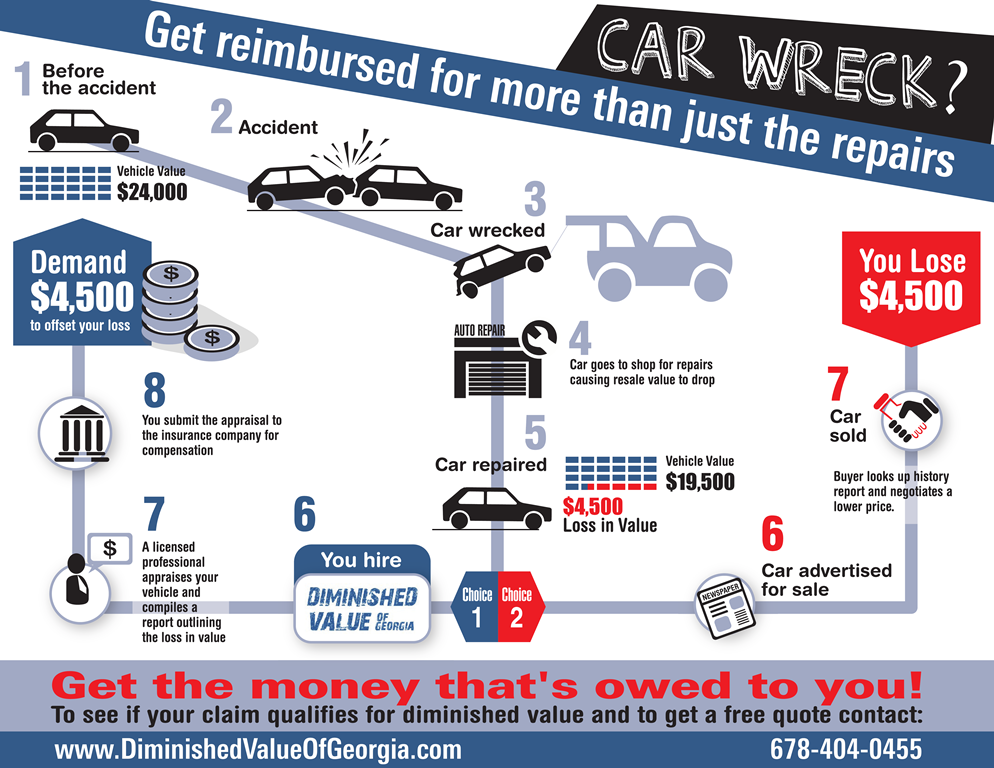Evaluating Your Auto'S Caution Indicators: What They Truly Convey
Evaluating Your Auto'S Caution Indicators: What They Truly Convey
Blog Article
Article Developed By-Termansen Dalgaard
When you lag the wheel, those glowing caution lights on your dashboard can be a bit perplexing. Do you know what they're trying to tell you regarding your vehicle's health and wellness? Understanding the significance of these lights is vital for your security and the long life of your automobile. So, the following time one of those lights pops up, wouldn't you wish to understand its message properly and take the essential actions to resolve it?
Common Caution Lighting and Interpretations
Identify typical caution lights in your car and recognize their significances to ensure risk-free driving.
The most common warning lights include the check engine light, which signifies problems with the engine or exhausts system. If this light comes on, it's critical to have your vehicle inspected promptly.
The oil stress warning light suggests reduced oil pressure, needing instant focus to prevent engine damages.
A blinking battery light may recommend a defective charging system, possibly leaving you stranded if not addressed.
The tire stress monitoring system (TPMS) light informs you to low tire pressure, impacting vehicle security and gas performance. Overlooking this can lead to harmful driving conditions.
The abdominal light shows an issue with the anti-lock braking system, endangering your capability to quit rapidly in emergency situations.
Lastly, the coolant temperature level advising light warns of engine getting too hot, which can result in serious damages otherwise dealt with quickly.
Understanding these common caution lights will certainly aid you address issues quickly and maintain risk-free driving conditions.
Importance of Prompt Attention
Comprehending the usual warning lights in your car is just the very first step; the significance of quickly addressing these warnings can not be highlighted enough to ensure your safety and security when driving.
When a caution light illuminates on your dashboard, it's your automobile's way of interacting a possible issue that requires interest. Disregarding these cautions can bring about much more extreme troubles later on, endangering your safety and possibly costing you a lot more out of commission.
Visit Webpage to cautioning lights can prevent break downs and accidents. For example, a flashing check engine light could show a misfire that, if left neglected, can cause damage to the catalytic converter. Addressing this without delay can conserve you from a pricey repair.
Likewise, https://www.forbes.com/sites/edgarsten/2022/03/15/repair-tech-shortage-costing-motorists-time-and-money-ccc-study-shows/ cautioning light could signify reduced brake fluid or worn brake pads, vital components for your security when driving.
DIY Troubleshooting Tips
If you observe a warning light on your control panel, there are a few DIY troubleshooting ideas you can try prior to looking for professional assistance.
The initial step is to consult your car's guidebook to understand what the certain warning light suggests. Often the concern can be as straightforward as a loose gas cap triggering the check engine light. Tightening the gas cap may solve the trouble.
One more usual issue is a low battery, which can cause different advising lights. Checking the battery connections for rust and guaranteeing they're protected may deal with the trouble.
If a caution light lingers, you can attempt resetting it by detaching the vehicle's battery for a few mins and after that reconnecting it. Furthermore, checking your vehicle's fluid levels, such as oil, coolant, and brake liquid, can help repair warning lights related to these systems.
Verdict
To conclude, recognizing your automobile's caution lights is crucial for maintaining your vehicle running efficiently and safely. By quickly attending to these alerts and recognizing what they mean, you can prevent pricey fixings and prospective malfunctions.
Remember to consult wall detailing for specific information on each cautioning light and do something about it as necessary to guarantee a hassle-free driving experience.
Stay educated, stay secure when traveling!
